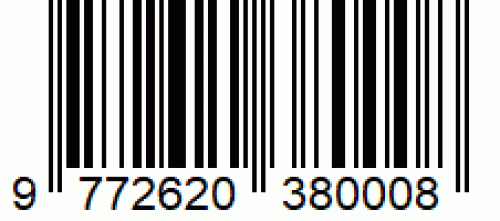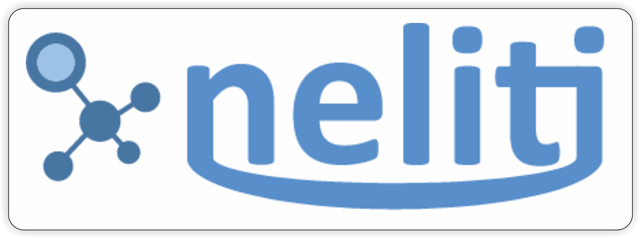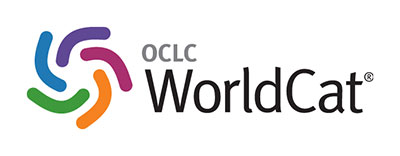- Accreditation
Peer Review Process
Journal KURAWAL is a peer-reviewed journal. For publication, every paper submitted to the Journal KURAWAL is subject to peer review. The peer review in this journal evaluates the submitted paper by one or two individuals of similar competence to the author. It aims to determine the academic paper's suitability for publication. The peer review method is employed to maintain quality standards and the credibility of the papers. The peer review at Journal KURAWAL proceeds in 9 steps with the following description.
1. Paper Submission
Journal KURAWAL uses the Open Journal System (OJS) in submission. The author must register by email, log into the system, and upload papers.
2. Editorial Office Assessment
Journal KURAWAL editor first assesses the submitted paper. The editor checks whether it suits the Journal's focus and scope. The paper's composition and arrangement are evaluated against the Journal's Author Guidelines to ensure it includes the required sections and stylizations. In addition, an assessment of the minimum required quality of the paper for publication begins at this step, including one that assesses whether there is a major methodological flaw. Every submitted paper that passes this step will be checked by Plagius software to measure the similarity index, leading to plagiarism, before being reviewed by reviewers. The maximum similarity limit for being accepted at KURAWAL is 20%.
3. Appraisal by the Editor-in-Chief
The Editor-in-Chief checks if the paper is appropriate for the journal, sufficiently original, engaging, and significant for publication. If not, the paper may be rejected without being reviewed any further.
4. Invitation to Reviewers
The handling editor sends invitations to individuals who they believe would be appropriate reviewers (also known as referees) based on expertise, the closeness of research interest, and no conflict of interest consideration. The peer review process at KURAWAL involves a community of experts in a narrowly defined field of education and learning who are qualified and able to perform reasonably impartial reviews. The impartiality is also maintained by peer review employed in this journal.
5. Response to Invitations
Potential reviewers consider the invitation against their expertise, conflicts of interest, and availability. They then decide to accept or decline. In the invitation letter, the editor may ask the potential reviewer for suggestions for an alternative reviewer when they decline to review.
6. A review is Conducted
The reviewers allocate time to read the paper several times. The first read is used to form an initial impression of the work. If significant problems are found at this stage, the reviewers may feel comfortable rejecting the paper without further work. Otherwise, they will read the paper several times, taking notes to build a detailed point-by-point review. The review is then submitted to the journal, with a recommendation to accept or reject it or else with a request for revision (usually flagged as either major or minor) before it is reconsidered.
7. Journal Evaluates the Reviews
The Editor-in-Chief and handling editor considers all the returned reviews before making an overall decision.
8. The Decision is Communicated
The editor sends a decision email to the author, including any relevant reviewer comments. At this point, reviewers are also sent an email or letter letting them know the outcome of their review.
9. Final Steps
If accepted, the paper is sent to copy-editing. Suppose the article is rejected or sent back to the author for either major or minor revision. In that case, the handling editor will include constructive comments from the reviewers to help the author improve the article. The author should make corrections and revise the paper per the reviewers' comments and instructions.
After the revision, the author should resubmit the revised paper to the editor. If the paper is returned for revision, the reviewers should expect to receive the revised version unless they have opted out of further participation. However, where only minor changes were requested, the handling editor might do this follow-up review.
If the editor is satisfied with the revised paper, it is accepted. The accepted papers will be published online; all are freely available as downloadable PDF files.



















